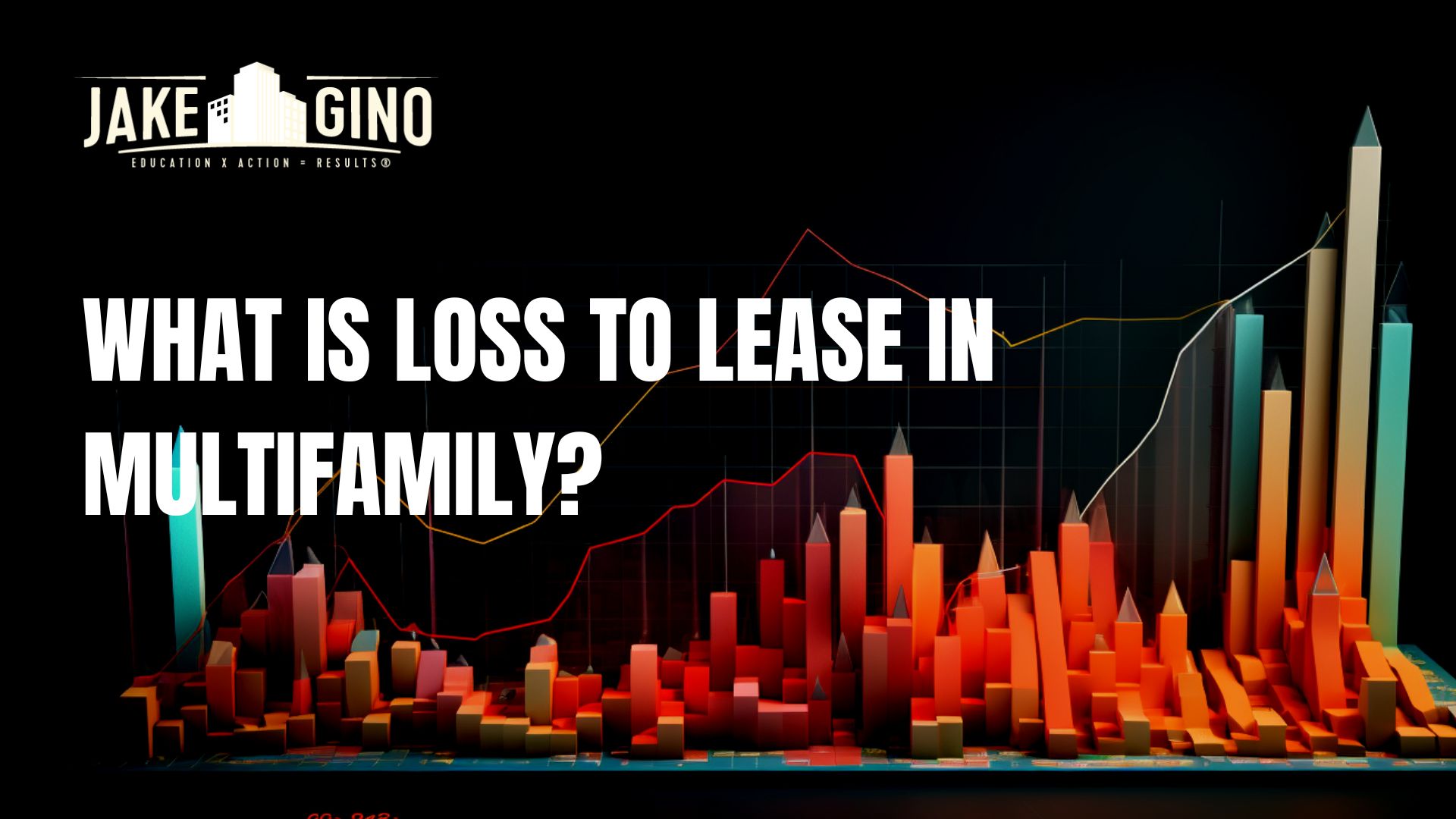
What is Loss to Lease in Multifamily?
“Loss to Lease” is a term used in the context of multifamily real estate, particularly in property management and investment analysis. It refers to the difference between the potential rental income that a property could generate and the actual rental income it currently receives. In other words, it’s the amount of income that a property is “losing” due to renting units at below-market rents or experiencing vacancies.
Loss to Lease can occur for various reasons:
- Below-Market Rents: If the rents being charged to tenants are lower than what the market can support, the property is experiencing a loss to lease. This can happen if rents haven’t been adjusted to keep up with the local market rates.
- Tenant Turnover: When a tenant moves out, there might be an opportunity to increase the rent to match current market rates. If the new tenant is paying more, the difference between the old and new rent contributes to reducing the loss to lease.
- Concessions: Property managers might offer move-in specials or rent concessions to attract tenants. If the concessions lead to tenants paying less than the regular rent, it contributes to the loss to lease.
- Vacancies: Units that are sitting vacant contribute to the loss to lease since they’re not generating any rental income.
Here’s an example to illustrate Loss to Lease:
Let’s say you own a multifamily property with 50 units. The current average rent you’re charging is $1,000 per month. However, after conducting a market analysis, you determine that the market average rent for similar units is $1,200 per month.
Potential Rental Income (Market Rent): 50 units × $1,200 = $60,000
Actual Rental Income: 50 units × $1,000 = $50,000
Loss to Lease: $60,000 – $50,000 = $10,000
In this example, the property is experiencing a loss to lease of $10,000 per month because the rents being charged are $200 below the market rates.
To address loss to lease, property managers and owners can take several actions:
- Rent Adjustments: Gradually increase rents to align with current market rates when leases are up for renewal.
- Renovations and Upgrades: Enhance the property’s appeal by making improvements that allow for higher rents.
- Tenant Screening: Implement a rigorous tenant screening process to ensure that tenants can afford the rents and reduce turnover.
- Lease Analysis: Regularly assess the market to determine if rents need to be adjusted.
- Incentives: Offer incentives to existing tenants to renew their leases at market rates.
Managing loss to lease is crucial for maximizing a property’s potential income and overall profitability. By addressing this issue, property owners and managers can ensure that their investment is performing optimally in relation to the local rental market.






